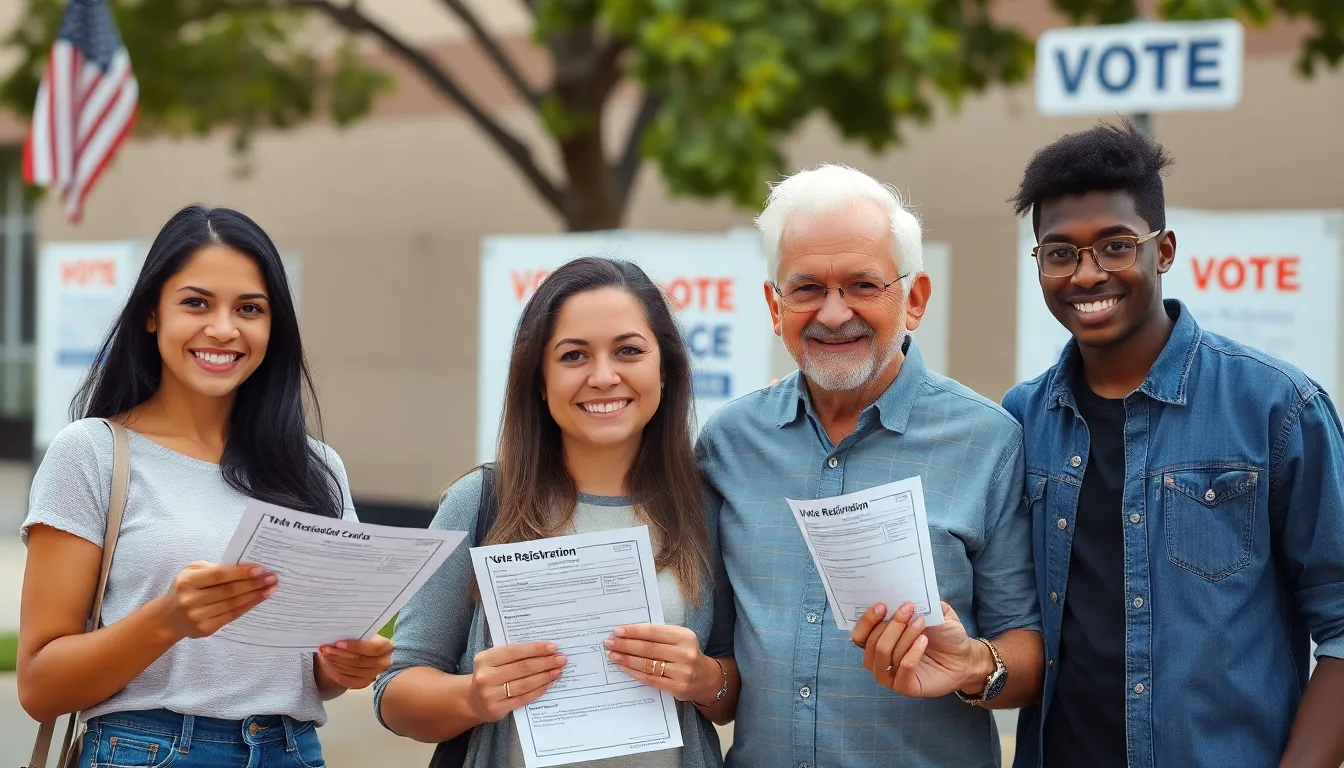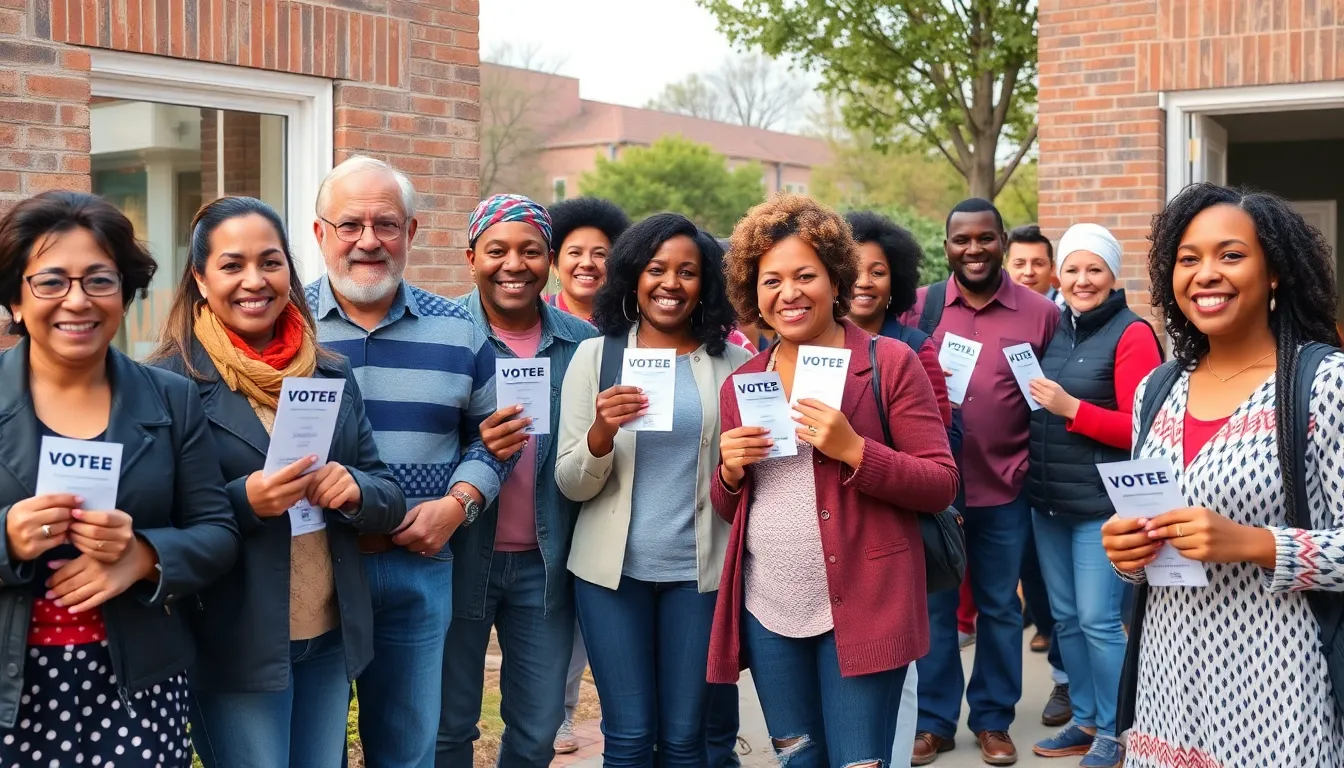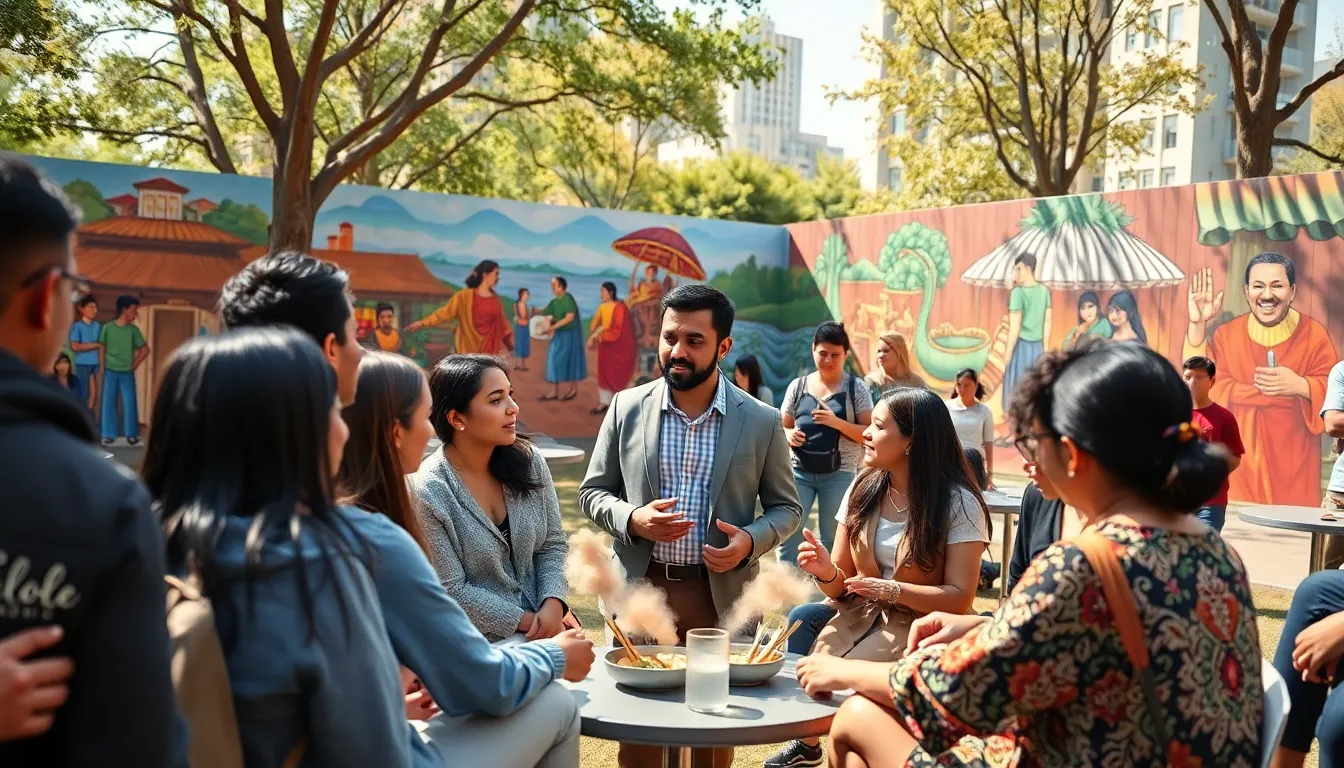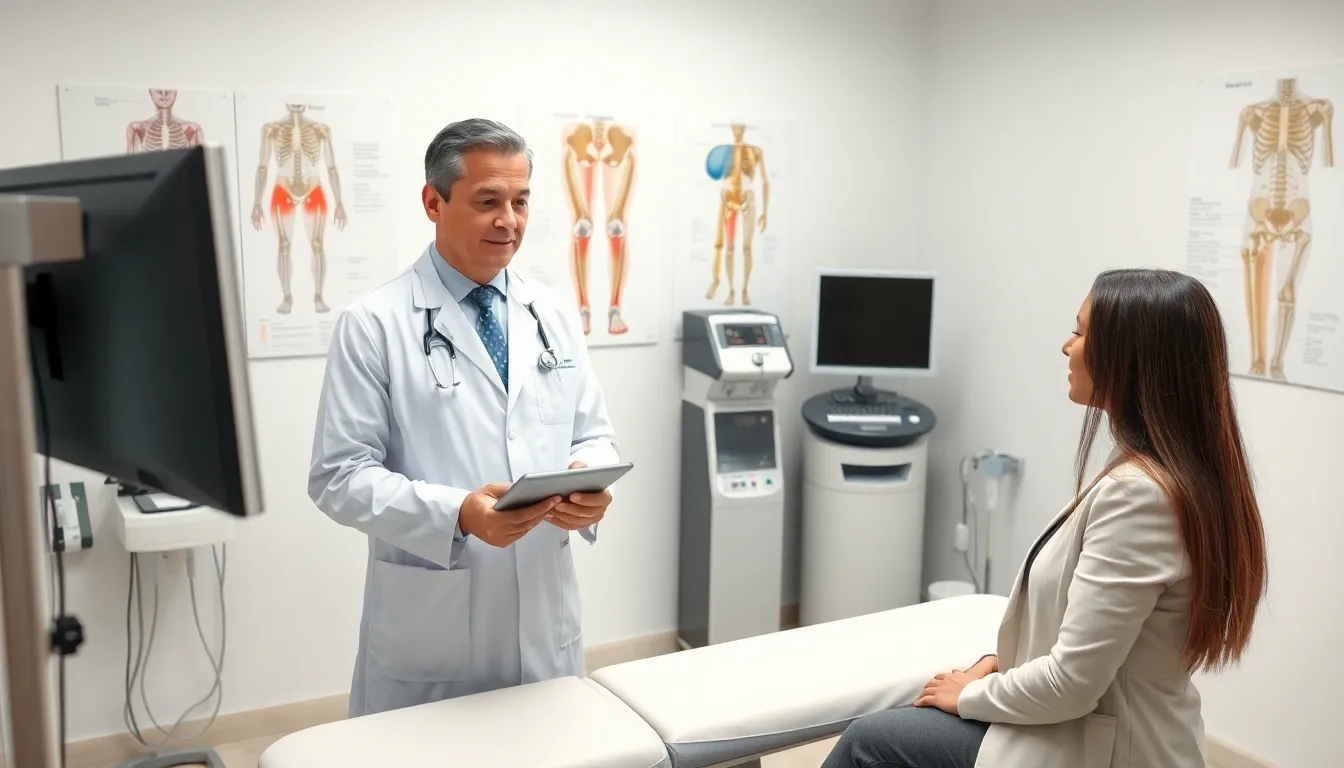Voting in the U.S. isn’t just a right; it’s a chance to flex those civic muscles and show the world what democracy looks like. Whether it’s your first time or you’re a seasoned pro, navigating the voting process can feel like trying to solve a Rubik’s Cube blindfolded. But fear not! With a little guidance, you’ll be ready to cast your ballot like a pro and maybe even impress your friends with your newfound knowledge.
Table of Contents
ToggleUnderstanding Voting in the US
Voting signifies a vital civic responsibility. In the U.S., each citizen possesses the right to cast their ballot in both local and national elections. Every state governs its own voting process, creating diverse regulations and requirements. Voter registration stands as the first essential step in participating in elections. Individuals typically complete registration either online, by mail, or in person, depending on state guidelines.
Many states enforce deadlines for registration, often varying from a few weeks before an election to same-day registration. Voters must also familiarize themselves with identification requirements. Certain states mandate photo identification, while others accept non-photo IDs or no ID at all for voting.
Casting a ballot can occur through various methods. In-person voting usually occurs on Election Day, where polls open and close at designated times. Many states offer early voting, permitting voters to cast their ballots before the official Election Day. Additionally, absentee ballots allow individuals unable to vote in person to participate remotely.
Educating oneself about the issues and candidates on the ballot forms a crucial aspect of the voting process. Researching political platforms and candidate backgrounds equips voters with the knowledge needed to make informed decisions. Engaging with community discussions or nonpartisan resources can enhance understanding of the election’s impact.
Understanding voting in the U.S. means navigating these steps confidently. With proper preparation and knowledge, each voter can fulfill their civic duty while making their voice heard in the democratic process.
Eligibility Requirements

Voting in the U.S. requires meeting specific eligibility criteria that vary by state. These requirements ensure that citizens participate in the democratic process.
Age and Citizenship
Voters must be U.S. citizens. This includes individuals born in the country and those who have obtained citizenship through naturalization. The minimum age is 18 years on or before election day. Some states allow 17-year-olds to vote in primaries if they turn 18 by the general election. It’s crucial to verify the age requirements for each state, as they may differ slightly.
Residency Requirements
Residency is essential for voting eligibility. Voters should reside in the state where they plan to cast their ballot. Many states require individuals to live in the state for a specified period, often ranging from 30 to 90 days, before election day. Registration and voting usually occur in the same jurisdiction, so understanding local residency rules is necessary. Compliance with these rules ensures that every vote reflects the voice of the community.
Voter Registration
Voter registration plays a crucial role in the voting process. It serves as the gateway for individuals to participate in elections across the U.S.
How to Register
Registering to vote varies by state. Most states offer online registration, which provides a convenient option for many voters. Individuals may also register by mail using a national voter registration form. Some residents prefer in-person registration at designated locations, such as local election offices or public agencies. Each method requires specific information, including name, address, and date of birth. Ensuring accuracy during this process is essential for successful registration.
Deadlines and Procedures
Registration deadlines significantly differ among states. Typically, they fall within a few weeks before an election. Some states allow registration on election day, giving voters more flexibility. Procedures for registration also vary; most states permit updates or changes to registration details up until the deadlines. State election websites provide detailed information about local requirements and deadlines. Checking these resources helps voters avoid last-minute issues.
Voting Methods
Voting in the U.S. offers several methods to ensure accessibility for all voters. Each method varies based on state regulations, providing options suitable for different preferences and situations.
In-Person Voting
In-person voting allows voters to cast their ballots at designated polling places on election day. Polling hours may differ, often opening as early as 6 AM and closing as late as 9 PM, depending on the state. Voters should know their assigned polling location, which can usually be found on state election websites. Valid identification may be required in some states, so it’s essential to check local ID requirements before heading to the polls. Many states also offer early voting periods, which can ease crowds on election day and provide flexibility for those with tight schedules.
Mail-In Voting
Mail-in voting provides an alternative for those unable to vote in person. Voters request a mail-in ballot from their local election office, ensuring they can participate even if they are away on election day. Each state has different deadlines for requesting and returning mail-in ballots, so awareness of these dates is crucial. Some states allow voters to track their mail-in ballots for added security. Completing the ballot involves following instructions carefully, particularly regarding signatures and envelopes, to ensure it counts. This method enhances voter participation by simplifying the process.
How to Prepare for Voting
Preparation for voting involves several important steps. Engaging in research about candidates and issues ensures informed decision-making.
Researching Candidates and Issues
Voters should examine candidates’ platforms and relevant local and national issues. Information can often be found on official campaign websites and through reputable news sources. Analyzing candidates’ previous actions reveals their priorities and alignments. Local community forums also provide insights into candidate viewpoints. Gathering facts about ballot measures can clarify their potential impacts. Familiarity with these topics enhances understanding and confidence in choices.
Gathering Necessary Materials
Gathering essential materials boosts readiness for voting. Voters must confirm their voter registration status, which can usually be done online. Knowing polling locations is vital for timely participation. Additionally, bringing the required identification to the polls is crucial, as some states impose ID requirements. For those opting for mail-in voting, securing a ballot request form ahead of deadlines is necessary. Reading instructions carefully ensures correct completion of any ballots or forms. Proper preparation facilitates a smooth voting experience.
Election Day Process
Navigating election day involves understanding specific steps to ensure a smooth voting experience. Knowing what to expect can reduce anxiety and empower voters to fulfill their civic duties effectively.
Finding Your Polling Place
Identifying the correct polling location remains essential. Voters can typically find polling places by checking their state’s election website or using official local resources. Each state provides a searchable database that allows voters to enter their addresses to locate where they’re assigned to vote. Polling places vary in convenience; therefore, looking up this information early helps plan travel. Voters should confirm their polling location, as changes occasionally occur close to election day. Accessibility of polling sites varies, and contacting local election offices can clarify any assistance needed.
What to Expect at the Polls
Understanding the polling process helps voters feel more prepared. Polling places generally consist of check-in stations where voters confirm their registration status and receive their ballots. Bringing a valid identification is crucial, as some states require it for verification. Lines might form at busier times; patience is essential. Voting booths provide privacy for casting ballots and typically include clear instructions. Staff members at polling locations assist with any questions about procedures or equipment. Lastly, ensuring all ballots are properly marked and submitted for counting completes the voting process effectively.
Voting is a powerful way for individuals to express their beliefs and contribute to their communities. By understanding the voting process and preparing adequately, citizens can navigate elections with confidence. Each step from registration to casting a ballot plays a crucial role in shaping the future.
Staying informed about local regulations and deadlines ensures that every voter can participate without unnecessary stress. Engaging with the electoral process not only fulfills a civic duty but also strengthens democracy. Every vote matters and contributes to the collective voice of the nation.






